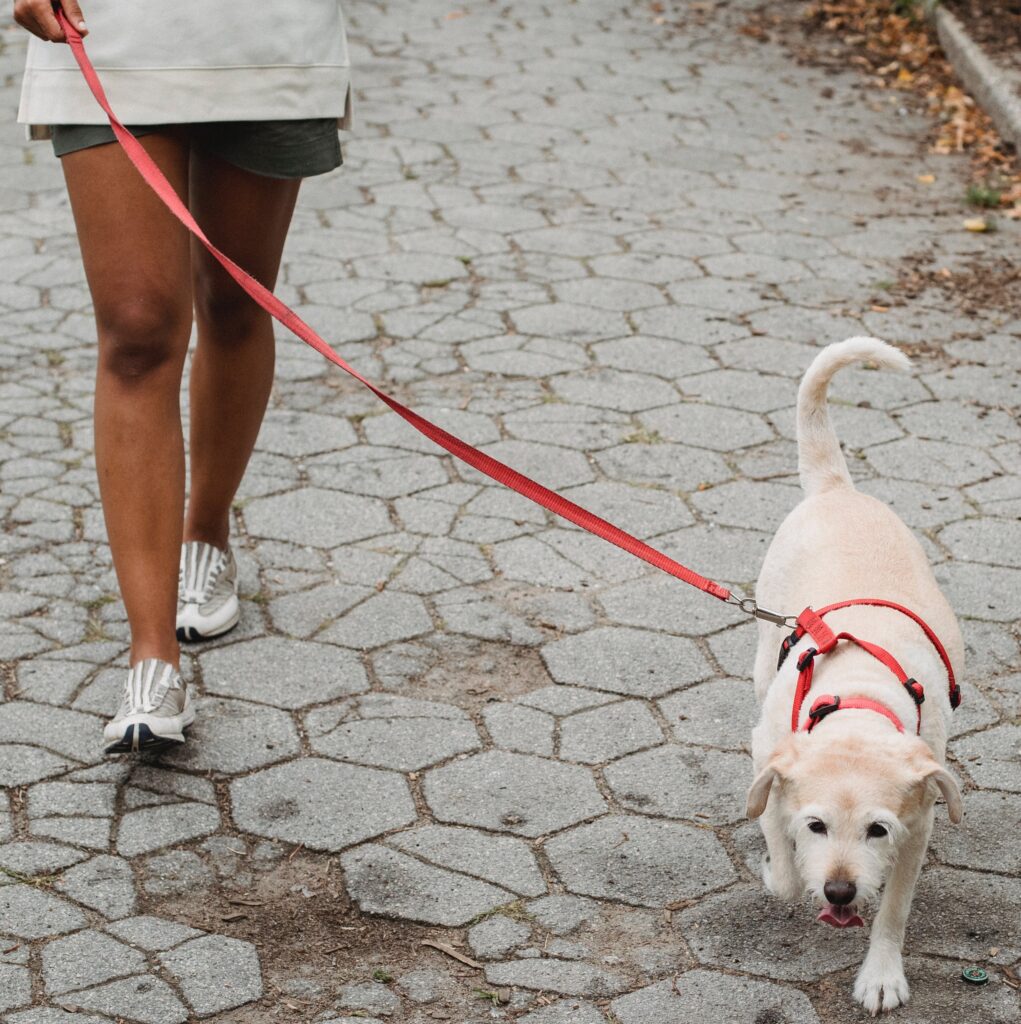- Correct Size:
- Ensure that the collar is the right size for your dog. It should be snug but not too tight. You should be able to fit two fingers between the collar and your dog’s neck.
- Check Regularly:
- Periodically check the fit of the collar, especially as your dog grows or if they gain/lose weight. Puppies, in particular, may outgrow their collars quickly.
- ID Tags:
- Attach an identification tag to the collar with your dog’s name, your phone number, and any other relevant contact information. This is crucial in case your dog gets lost.
- Comfortable Material:
- Choose a collar made of comfortable and durable materials. Common materials include nylon, leather, or fabric. Ensure that there are no rough edges or seams that could irritate your dog’s skin.
- Proper Placement:
- Position the collar high on the neck, just below the base of the skull. This is the narrowest part of the neck and can help prevent the collar from slipping off. The collar should not be too low on the neck, as it may interfere with your dog’s breathing or swallowing.

- Use a Breakaway Collar for Certain Situations:
- If your dog spends time outdoors and is at risk of getting caught on objects (like fences or branches), consider using a breakaway collar. This type of collar is designed to release if it gets snagged, preventing your dog from getting trapped.
- Remove for Play or Rest:
- While collars are generally safe for most dogs, it’s a good idea to remove the collar during playtime with other dogs or when your dog is unsupervised. This reduces the risk of the collar getting caught on something.
- Consider Alternatives:
- If your dog has a specific health concern or if you are concerned about pressure on the neck, you may explore alternative options like a harness. Harnesses distribute pressure more evenly across the chest and shoulders and can be a good choice for dogs with respiratory issues or certain breeds prone to neck injuries.
Always monitor your dog when they are wearing a collar, especially if it’s a new collar or if your dog is not accustomed to wearing one. If you notice any signs of discomfort, irritation, or if your dog consistently tries to remove the collar, consult with your veterinarian for advice.


1 Reply to “Properly fitting and wearing a collar is important for the comfort and safety of your dog.”